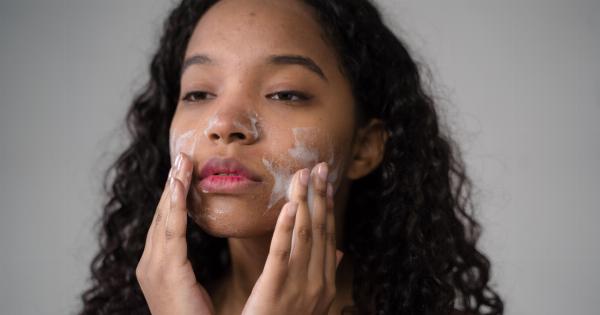Frizz can be one of the most frustrating hair problems to deal with.
Whether you have curly or straight hair, humidity, hot weather, static, and even certain fabrics can cause hair to frizz up, creating an unruly, messy look that’s difficult to maintain. Here are some tips to help you beat the frizz and keep your hair looking flawless:.
1. Choose the Right Hair Products
The first step to beating the frizz is to choose the right hair products. Look for shampoos and conditioners that are specifically formulated for frizzy hair.
They’ll contain ingredients that help smooth and nourish the hair, reducing the likelihood of frizz. Also, consider using a leave-in conditioner or hair oil to help keep your hair hydrated and protected.
2. Avoid Overwashing Your Hair
Overwashing your hair can strip it of its natural oils, leading to dryness and frizziness. Try to limit washing your hair to every other day, or every two to three days if possible.
If you must wash your hair every day, look for mild shampoos that won’t dry out your hair and scalp.
3. Use a Wide-Toothed Comb
Using a wide-toothed comb rather than a brush can help prevent frizz. Brushes can cause tangles and breakage, which can lead to frizz, while a wide-toothed comb will glide through your hair more smoothly.
Start combing from the ends of your hair and work your way up gradually to avoid tugging on your hair.
4. Protect Your Hair From Heat
Heat can be damaging to your hair, leading to frizz and split ends. Use a heat protectant before using styling tools like flat irons or curling irons, and try to limit the use of these tools as much as possible.
Air-dry your hair whenever you can, and if you must use a blow dryer, use a diffuser attachment to help distribute heat more evenly.
5. Experiment with Different Hairstyles
If you’re struggling with frizz, trying out different hairstyles can be a fun way to deal with the problem. Braids, messy buns, and updos can all help keep hair under control, while still allowing you to show off your unique style.
Look for styles that work with your hair’s natural texture rather than trying to force it into a style it’s not meant for.
6. Sleep on a Silk Pillowcase
Another potential cause of frizz is the fabric of your pillowcase. Cotton pillowcases can create friction that leads to frizziness, while silk or satin pillowcases can help reduce friction and create a smoother surface for your hair.
Make the switch to a silk or satin pillowcase to see if it makes a difference.
7. Make Time for Deep Conditioning Treatments
Regular deep conditioning treatments can help keep your hair healthy and hydrated, which can in turn reduce frizz.
Look for products that contain nourishing ingredients like coconut oil, Argan oil, and Shea butter, and use them once a week or as often as needed for your hair type.
8. Don’t Touch Your Hair Too Much
Touching your hair too much or brushing it throughout the day can create more frizz. Keep your hands off your hair as much as possible, and if you do need to touch it, use a smoothing serum or oil to help keep it under control.
9. Get Regular Haircuts
Getting regular haircuts can help prevent split ends, which can lead to frizz and breakage. Even if you’re trying to grow out your hair, it’s important to get it trimmed every six to eight weeks to keep it healthy and looking its best.
10. Embrace Your Natural Texture
If all else fails, consider embracing your hair’s natural texture. Whether you have curly, wavy, or straight hair, there are plenty of styling techniques and products out there that can help you enhance your hair’s natural beauty.
Don’t be afraid to experiment and have fun with your hair!.






























